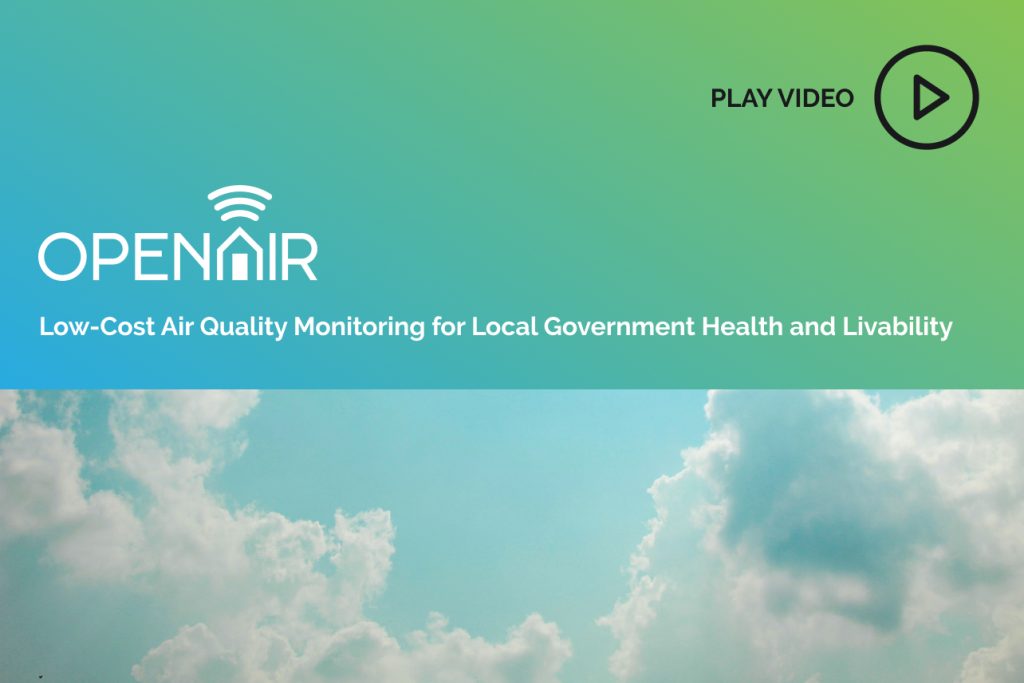About OPENAIR
Operational Network of Air Quality Impact Resources (OPENAIR)
The Challenge
Poor air quality caused by bushfires, wood fired heaters, agriculture, transportation, industry and urban heat is a significant cause of health problems and premature death in Australian communities.
Currently, official ambient air quality monitoring in NSW is conducted by the Department of Climate Change, Energy, the Environment and Water (DCCEEW) and using high-precision (and high-cost) regulatory equipment. Some local councils collect air quality data using lower performance affordable equipment, but with almost no existing consensus relating to the design, sale or application of such technology, the data captured tends to fall short of creating meaningful impact.

The Solution
The recent availability of low-cost environmental sensors makes it feasible to collect localised air quality data at urban precincts, busy road intersections and areas where local topography concentrates pollution that can be used to provide additional localised air quality information to the public.
Led by the NSW Smart Sensing Network in collaboration with the NSW Department of Planning and Environment (DPE), OPENAIR positions NSW as a forerunner in the use of low-cost air quality sensing in the world.
The project will arm local governments with the latest know-how in the use of low-cost air quality sensors and will, for the first time in Australia, establish a best-practice methodology for all aspects of council-led air quality monitoring.
The $2.4 million program has received a $1.78 million contribution from NSW Government through the $45 million Smart Places Acceleration Program, which is part of the Digital Restart Fund.
